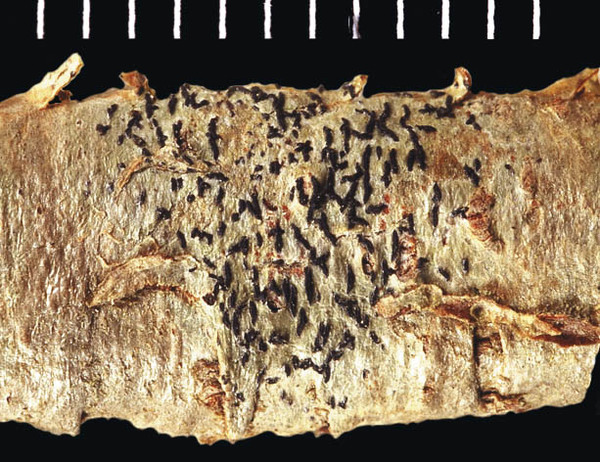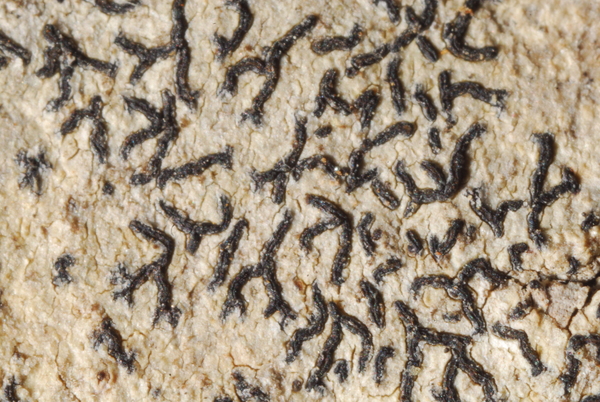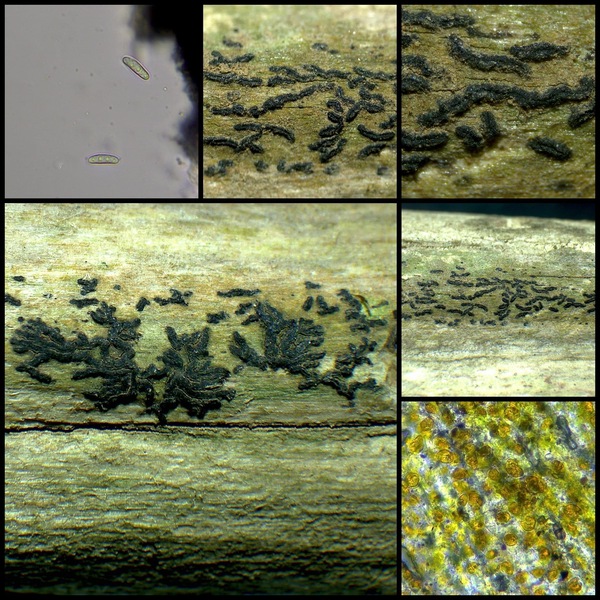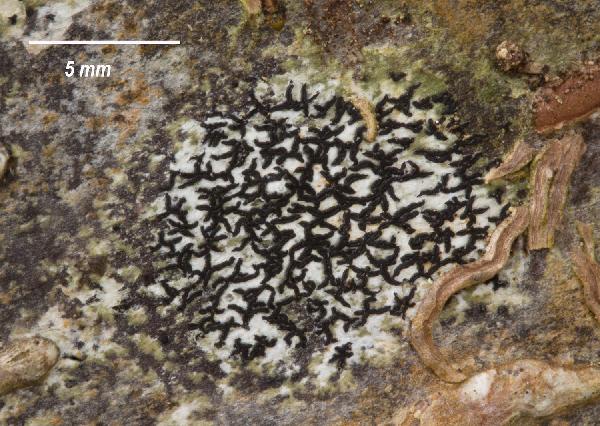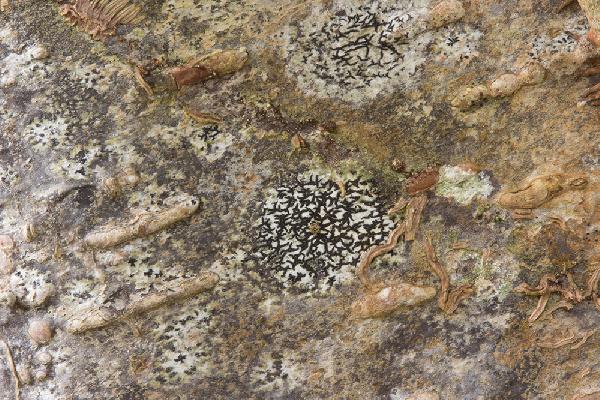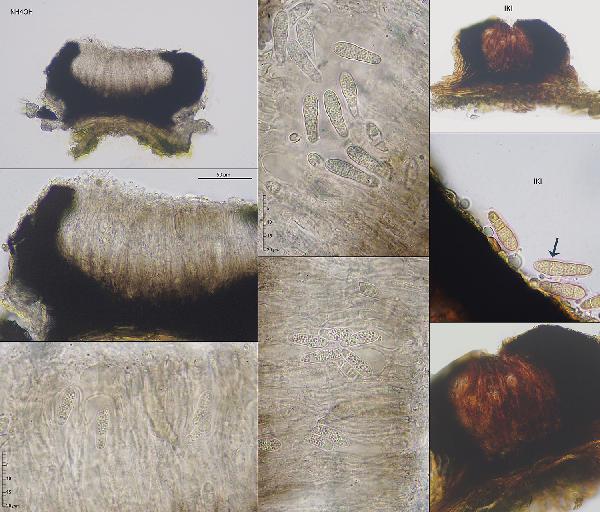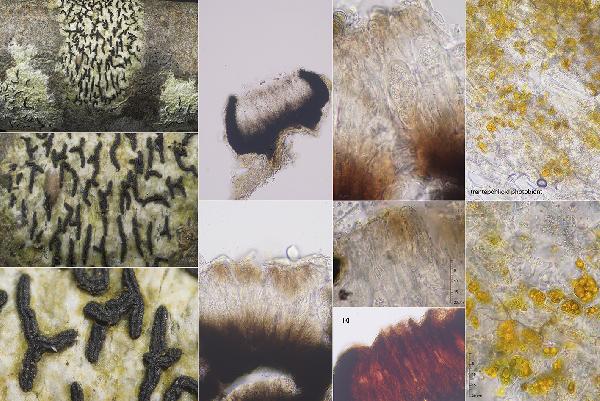Arthonia atra (Pers.) A. Schneid.
Guide Study Lich.: 131, 1898. Basionym: Opegrapha atra Pers. - Ann. Bot. (Usteri), 1: 30, 1794.
Synonyms: Opegrapha atra f. lignicola Harm.; Opegrapha atra f. platanoides Nyl.; Opegrapha atra var. cerasi (Chevall.) Arnold; Opegrapha atra var. denigrata (Ach.) Schaer.; Opegrapha atra var. hapalaea (Ach.) Nyl.; Opegrapha atra var. limitata Opiz; Opegrapha atra var. recta Bagl.; Opegrapha atra var. rimosa (DC.) Zahlbr.; Opegrapha atra var. stenocarpa (Ach.) Dufour; Opegrapha atra var. vulgaris Körb.; Opegrapha bullata auct. ital. p.max.p.; Opegrapha denigrata Ach.; Opegrapha fuliginosa Pers. ex Ach.; Opegrapha salicina A. Massal.; Opegrapha stenocarpa Ach.; Opegrapha stenocarpa var. abbreviata (Chevall.) Mann; Opegrapha taxicola Leight.
Distribution: N - VG, Frl (Badin & Nimis 1996, Bernini & al. 2010), Ven (Lazzarin 2000b, Valcuvia & al. 2000c, Nascimbene 2005c), TAA (Nascimbene & al. 2007b, 2014, Nascimbene 2014, Nimis & al. 2015, Wieczorek 2018), Lomb (Alessio & al. 1995, Grieco & Groppali 1995, Brusoni & al. 1997, Zocchi & al. 1997, Roella 1999, Brusoni & Valcuvia 2000, Anderi & al. 2005, Valcuvia & Truzzi 2007b, Furlanetto 2010), Piem (Caniglia & al. 1992, Arosio & al. 1998, Isocrono & al. 2003, Furlanetto 2010, Matteucci & al. 2010), VA (Valcuvia 2000, Valcuvia & al. 2000b), Emil (Nimis & al. 1996, Valcuvia & Grieco 1995, Valcuvia & Savino 2000, Benesperi 2009, Fariselli & al. 2020), Lig (Valcuvia & al. 2000, Giordani & al. 2002, 2025, Giordani 2006). C - Tosc (Tretiach & Nimis 1994, Loppi & Putortì 1995b, Putortì & Loppi 1999, Loppi & al. 2002, 2002b, 2004, Lorenzini & al. 2003, Landi & Loppi 2003, Pasquinelli & al. 2009, Brunialti & Frati 2010, Pasquinelli & Puccini 2010, Benesperi 2011, Benesperi & al. 2013, Nascimbene & al. 2015, Brackel 2025), Umb (Ravera 1998, Ravera & al. 2006), Marc (Nimis & Tretiach 1999, Frati & Brunialti 2006), Laz (Gigante & Petriccione 1995, Bartoli & al. 1997, Ravera 2006c), Abr (Nimis & Tretiach 1999, Caporale & al. 2016, Gheza & al. 2021), Mol (Garofalo & al. 1999, 2010, Caporale & al. 2008, Nimis & Tretiach 1999, Paoli & al. 2015, Caporale & Ravera 2020), Sar (Zedda 2002, Rizzi & al. 2011, Cossu 2013, Di Nuzzo & al. 2022). S - Camp (Garofalo & al. 1999, Ricciardi & al. 2000, Aprile & al. 2002, 2003, 2003b, 2011, Nimis & Tretiach 2004, Catalano & al. 2010, 2016), Pugl (Garofalo & al. 1999, Nimis & Tretiach 1999, Durini & Medagli 2002, 2004, Gianfreda & Matino 2020), Bas (Bartoli & Puntillo 1998, Nimis & Tretiach 1999, Potenza 2006, Cassola & al. 2025), Cal (Puntillo 1995, 1996, Puntillo & Puntillo 2004), Si (Nimis & al. 1994, Ottonello & Salone 1994, Ottonello & al. 1994, Grillo & Cristaudo 1995, Grillo & Carfì 1997, Grillo & al. 2002, Grillo & Caniglia 2004).
Description: Thallus crustose, thin, smooth, white to pale grey or more rarely ochraceous, forming small patches or mosaics, sometimes delimited by a grey prothalline line. Apothecia lirelliform, 0.3-2.2 x 0.1-0.2(-0.3) mm, black, epruinose, distinctly raised, usually numerous, simple or frequently branched, scattered or often contiguous, with a usually persistently slit-like, epruinose disc. Proper exciple black, carbonized, extending below the hymenium, 55-90 µm high, the inner edge K+ olive-green; epithecium brown or green-brown, K+ olive-green; hymenium colourless, I+ blue; paraphysoids septate and anastomosing, to 1 µm thick; subhymenium pale brown; hypothecium black, carbonized. Asci 8-spored, clavate-subglobose, semi-fissitunicate, 32-40 x 10-14 µm. Ascospores 3-septate, hyaline, ellipsoid to ovoid, 12-18(-20) x (2.5-)3-4(-5) µm, with a thin, often poorly evident gelatinous perispore. Pycnidia rare, immersed, flask-shaped, black. Conidia bacilliform, straight or slightly curved, 4-6 x 0.7-1 µm. Photobiont trentepohlioid. Spot tests: thallus K- or rarely K+ faintly yellow, KC-, C-, P-, UV-. Chemistry: without lichen substances.Note: a widespread temperate lichen, one of the most common epiphytic species of the genus throughout Italy.
Growth form: Crustose
Substrata: bark
Photobiont: Trentepohlia
Reproductive strategy: mainly sexual
Commonnes-rarity: (info)
Alpine belt: absent
Subalpine belt: absent
Oromediterranean belt: absent
Montane belt: rather rare
Submediterranean belt: common
Padanian area: extremely rare
Humid submediterranean belt: very common
Humid mediterranean belt: rather rare
Dry mediterranean belt: extremely rare

Predictive model
Herbarium samples
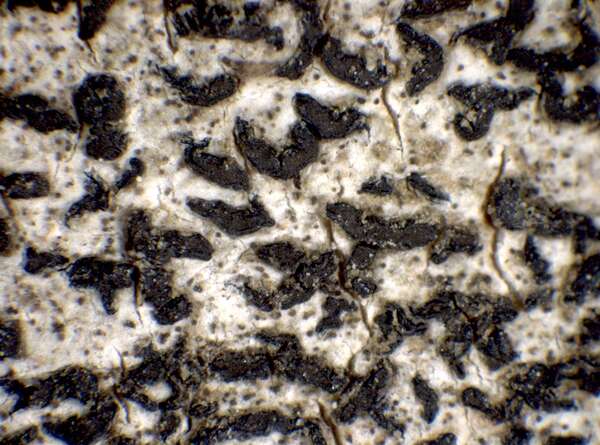

P.L. Nimis; Owner: Department of Life Sciences, University of Trieste
Herbarium: TSB (25228)
2001/12/05
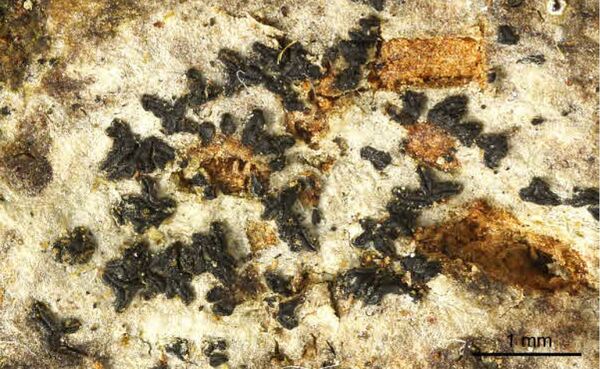

Felix Schumm – CC BY-SA 4.0
[Thor-27717], Sweden, Öland, Ås parish, Ottenbylund nature reserve, the forest „Ottenby lund“, on old Quercus robur, 56.21851° N, 16.41555° E, 5m. Leg. G. Thor (no 27717), 17. May 2012
Unusual form
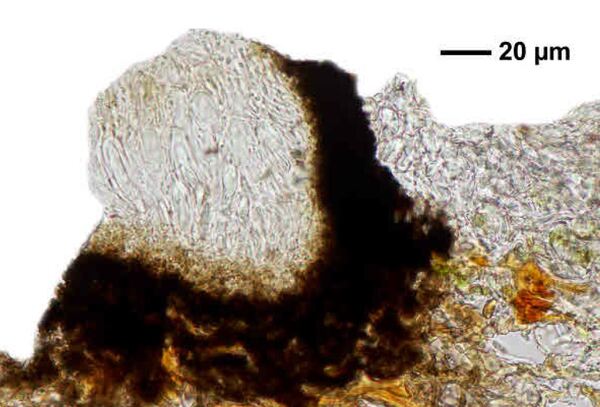

Felix Schumm – CC BY-SA 4.0
[Thor-27717], Sweden, Öland, Ås parish, Ottenbylund nature reserve, the forest „Ottenby lund“, on old Quercus robur, 56.21851° N, 16.41555° E, 5m. Leg. G. Thor (no 27717), 17. May 2012
Unusual form
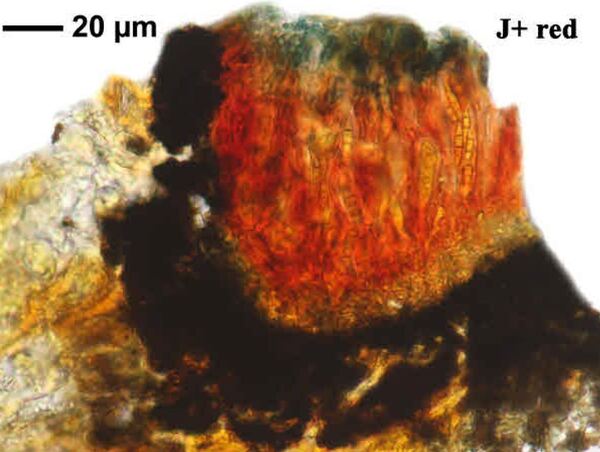

Felix Schumm – CC BY-SA 4.0
[Thor-27717], Sweden, Öland, Ås parish, Ottenbylund nature reserve, the forest „Ottenby lund“, on old Quercus robur, 56.21851° N, 16.41555° E, 5m. Leg. G. Thor (no 27717), 17. May 2012
Unusual form
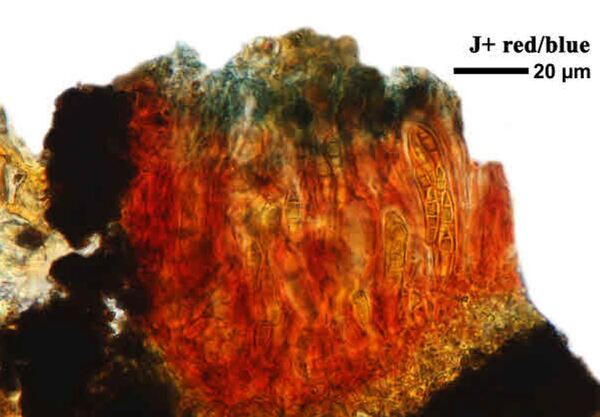

Felix Schumm – CC BY-SA 4.0
[Thor-27717], Sweden, Öland, Ås parish, Ottenbylund nature reserve, the forest „Ottenby lund“, on old Quercus robur, 56.21851° N, 16.41555° E, 5m. Leg. G. Thor (no 27717), 17. May 2012
Unusual form
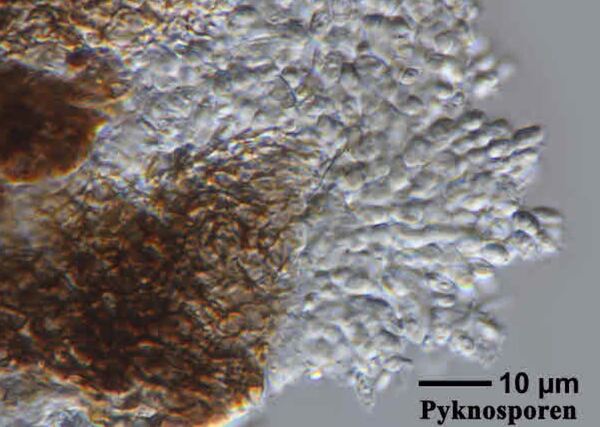

Felix Schumm – CC BY-SA 4.0
[Thor-27717], Sweden, Öland, Ås parish, Ottenbylund nature reserve, the forest „Ottenby lund“, on old Quercus robur, 56.21851° N, 16.41555° E, 5m. Leg. G. Thor (no 27717), 17. May 2012
Unusual form


Felix Schumm – CC BY-SA 4.0
[Thor-27717], Sweden, Öland, Ås parish, Ottenbylund nature reserve, the forest „Ottenby lund“, on old Quercus robur, 56.21851° N, 16.41555° E, 5m. Leg. G. Thor (no 27717), 17. May 2012
Unusual form
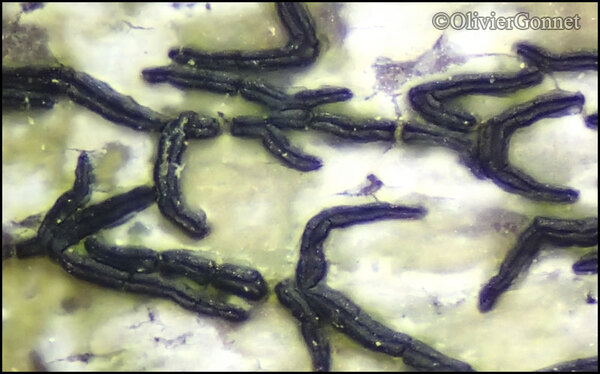
Courtesy Olivier et Danièle Gonnet - Source: https://www.afl-lichenologie.fr/Photos_AFL/Photos_AFL_A/Arthonia_atra.htm
France, Combe Lavaux, Côte-d'Or
2/6/2016

Courtesy Olivier et Danièle Gonnet - Source: https://www.afl-lichenologie.fr/Photos_AFL/Photos_AFL_A/Arthonia_atra.htm
France, Combe Lavaux, Côte-d'Or
2/6/2016

Courtesy Olivier et Danièle Gonnet - Source: https://www.afl-lichenologie.fr/Photos_AFL/Photos_AFL_A/Arthonia_atra.htm
France, session AFL 2015 dans le Lot, Autoire
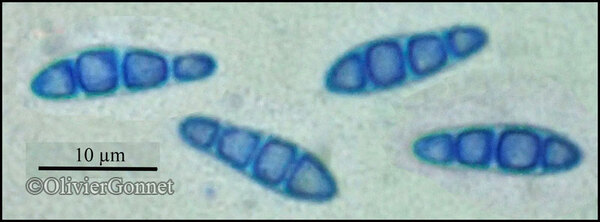
Courtesy Olivier et Danièle Gonnet - Source: https://www.afl-lichenologie.fr/Photos_AFL/Photos_AFL_A/Arthonia_atra.htm
France, session AFL 2015 dans le Lot, Autoire
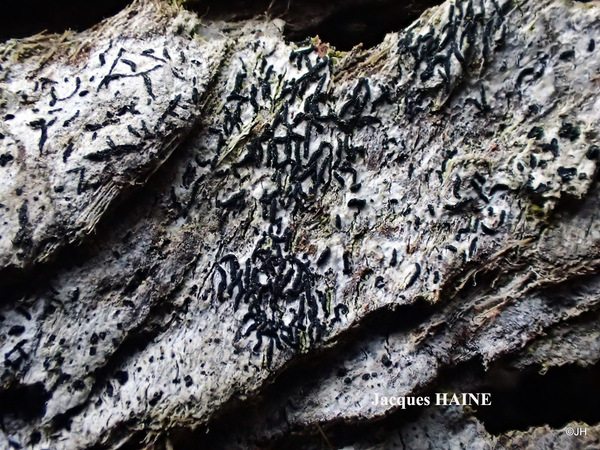
Jacques Haine - Source: http://www.lichensmaritimes.org/index.php?task=fiche&lichen=578&lang=en
France, Roscanvel
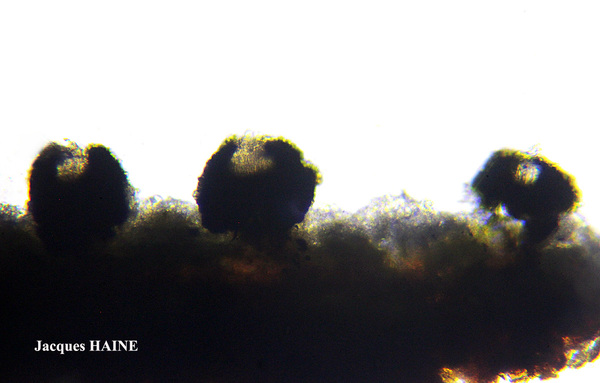
Jacques Haine - Source: http://www.lichensmaritimes.org/index.php?task=fiche&lichen=578&lang=en
France, Roscanvel
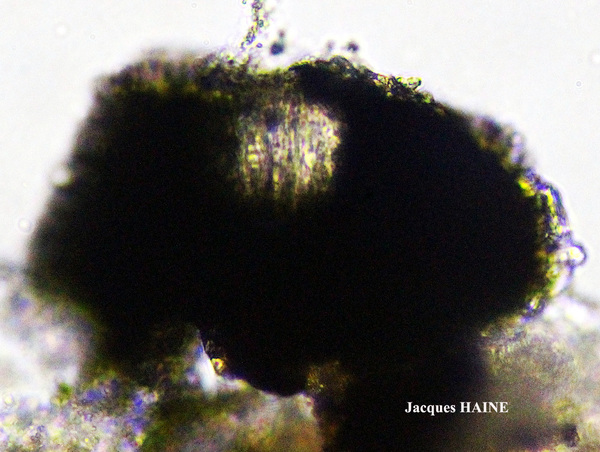
Jacques Haine - Source: http://www.lichensmaritimes.org/index.php?task=fiche&lichen=578&lang=en
France, Roscanvel
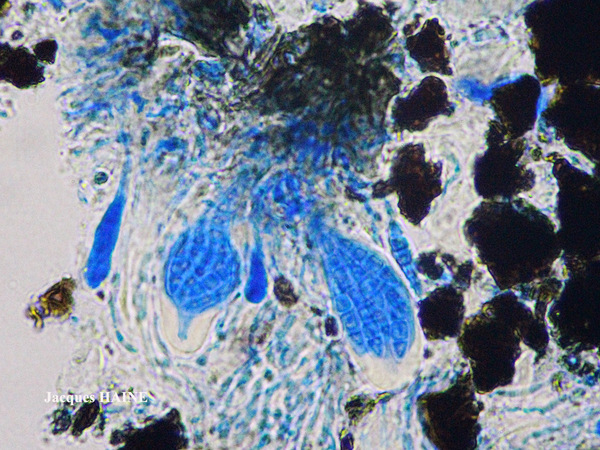
Jacques Haine - Source: http://www.lichensmaritimes.org/index.php?task=fiche&lichen=578&lang=en
France, Roscanvel

Jacques Haine - Source: http://www.lichensmaritimes.org/index.php?task=fiche&lichen=578&lang=en
France, Roscanvel

Jacques Haine - Source: http://www.lichensmaritimes.org/index.php?task=fiche&lichen=578&lang=en
France, Roscanvel
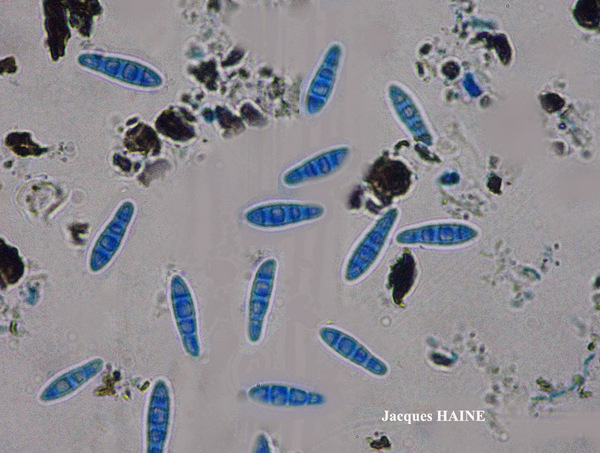
Jacques Haine - Source: http://www.lichensmaritimes.org/index.php?task=fiche&lichen=578&lang=en
France, Roscanvel
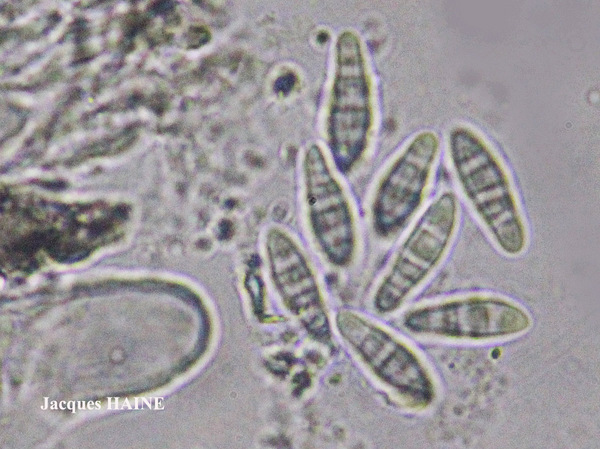
Jacques Haine - Source: http://www.lichensmaritimes.org/index.php?task=fiche&lichen=578&lang=en
France, Roscanvel
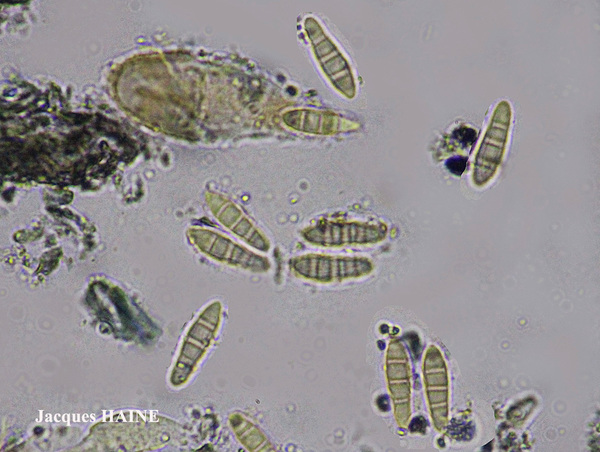
Jacques Haine - Source: http://www.lichensmaritimes.org/index.php?task=fiche&lichen=578&lang=en
France, Roscanvel
Growth form: Crustose
Substrata: bark
Photobiont: Trentepohlia
Reproductive strategy: mainly sexual
Commonnes-rarity: (info)
Alpine belt: absent
Subalpine belt: absent
Oromediterranean belt: absent
Montane belt: rather rare
Submediterranean belt: common
Padanian area: extremely rare
Humid submediterranean belt: very common
Humid mediterranean belt: rather rare
Dry mediterranean belt: extremely rare

Predictive model
| Herbarium samples |


P.L. Nimis; Owner: Department of Life Sciences, University of Trieste
Herbarium: TSB (25228)
2001/12/05


Felix Schumm – CC BY-SA 4.0
[Thor-27717], Sweden, Öland, Ås parish, Ottenbylund nature reserve, the forest „Ottenby lund“, on old Quercus robur, 56.21851° N, 16.41555° E, 5m. Leg. G. Thor (no 27717), 17. May 2012
Unusual form


Felix Schumm – CC BY-SA 4.0
[Thor-27717], Sweden, Öland, Ås parish, Ottenbylund nature reserve, the forest „Ottenby lund“, on old Quercus robur, 56.21851° N, 16.41555° E, 5m. Leg. G. Thor (no 27717), 17. May 2012
Unusual form


Felix Schumm – CC BY-SA 4.0
[Thor-27717], Sweden, Öland, Ås parish, Ottenbylund nature reserve, the forest „Ottenby lund“, on old Quercus robur, 56.21851° N, 16.41555° E, 5m. Leg. G. Thor (no 27717), 17. May 2012
Unusual form


Felix Schumm – CC BY-SA 4.0
[Thor-27717], Sweden, Öland, Ås parish, Ottenbylund nature reserve, the forest „Ottenby lund“, on old Quercus robur, 56.21851° N, 16.41555° E, 5m. Leg. G. Thor (no 27717), 17. May 2012
Unusual form


Felix Schumm – CC BY-SA 4.0
[Thor-27717], Sweden, Öland, Ås parish, Ottenbylund nature reserve, the forest „Ottenby lund“, on old Quercus robur, 56.21851° N, 16.41555° E, 5m. Leg. G. Thor (no 27717), 17. May 2012
Unusual form


Felix Schumm – CC BY-SA 4.0
[Thor-27717], Sweden, Öland, Ås parish, Ottenbylund nature reserve, the forest „Ottenby lund“, on old Quercus robur, 56.21851° N, 16.41555° E, 5m. Leg. G. Thor (no 27717), 17. May 2012
Unusual form

Courtesy Olivier et Danièle Gonnet - Source: https://www.afl-lichenologie.fr/Photos_AFL/Photos_AFL_A/Arthonia_atra.htm
France, Combe Lavaux, Côte-d'Or
2/6/2016

Courtesy Olivier et Danièle Gonnet - Source: https://www.afl-lichenologie.fr/Photos_AFL/Photos_AFL_A/Arthonia_atra.htm
France, Combe Lavaux, Côte-d'Or
2/6/2016

Courtesy Olivier et Danièle Gonnet - Source: https://www.afl-lichenologie.fr/Photos_AFL/Photos_AFL_A/Arthonia_atra.htm
France, session AFL 2015 dans le Lot, Autoire

Courtesy Olivier et Danièle Gonnet - Source: https://www.afl-lichenologie.fr/Photos_AFL/Photos_AFL_A/Arthonia_atra.htm
France, session AFL 2015 dans le Lot, Autoire

Jacques Haine - Source: http://www.lichensmaritimes.org/index.php?task=fiche&lichen=578&lang=en
France, Roscanvel

Jacques Haine - Source: http://www.lichensmaritimes.org/index.php?task=fiche&lichen=578&lang=en
France, Roscanvel

Jacques Haine - Source: http://www.lichensmaritimes.org/index.php?task=fiche&lichen=578&lang=en
France, Roscanvel

Jacques Haine - Source: http://www.lichensmaritimes.org/index.php?task=fiche&lichen=578&lang=en
France, Roscanvel

Jacques Haine - Source: http://www.lichensmaritimes.org/index.php?task=fiche&lichen=578&lang=en
France, Roscanvel

Jacques Haine - Source: http://www.lichensmaritimes.org/index.php?task=fiche&lichen=578&lang=en
France, Roscanvel

Jacques Haine - Source: http://www.lichensmaritimes.org/index.php?task=fiche&lichen=578&lang=en
France, Roscanvel

Jacques Haine - Source: http://www.lichensmaritimes.org/index.php?task=fiche&lichen=578&lang=en
France, Roscanvel

 INDEX FUNGORUM
INDEX FUNGORUM
 GBIF
GBIF
 DOLICHENS
DOLICHENS
